Når det handler om at belyse din virksomhed eller pifte din indretning op, er der masser af muligheder for belysning. Men at vælge mellem traditionelle neonskilte og LED-neonskilte er ikke kun et spørgsmål om æstetik; det har betydelige konsekvenser for dine energiregninger, designfleksibilitet og endda sikkerhedsprotokoller. Så før du hænger dit 'Open'-skilt op eller indretter din nye hipstercafé, er det vigtigt at forstå de grundlæggende forskelle mellem disse to populære belysningsløsninger.
Dette blogindlæg vil dykke ned i alt, hvad du har brug for at vide, og sammenligne neon- og LED-neonskilte fra forskellige vinkler, såsom historisk kontekst, materialer, videnskab og teknologi og meget mere.
Historie og udvikling
Begyndelsen på traditionelle neonskilte
Historien om neonskilte går tilbage til 1900-tallet, da den franske ingeniør Georges Claude opdagede teknikken med at anvende elektrisk udladning på forseglede neongasrør. Resultatet var et betagende lysbillede, som tog bylandskaberne med storm. Forestil dig Times Square i 1950'erne eller vintage-diners i hele USA; disse steder blev vartegn primært på grund af deres fængslende neonskilte. Denne belysningsmulighed introducerede en ny måde for virksomheder at fange potentielle kunders opmærksomhed på, hvilket gjorde det til et afgørende reklameværktøj i det meste af det 20. århundrede. På trods af deres nostalgiske tiltrækningskraft har traditionelle neonskilte dog ulemper, især hvad angår energiforbrug og vedligeholdelsesomkostninger.
Fremkomsten af LED-neonskilte
Spol frem til det 21. århundrede, hvor teknologiske fremskridt har introduceret LED-neonskilte som et overbevisende alternativ til traditionel neon. Disse moderne vidundere inden for belysningsteknologi begyndte at vinde indpas i begyndelsen af 2000'erne og fungerer som en grønnere og mere holdbar løsning for både virksomheder og forbrugere. I modsætning til deres traditionelle modstykker bruger LED-neonskilte ikke gas eller glas, hvilket reducerer deres miljøpåvirkning og risikoen for brud. Ud over energieffektivitet og holdbarhed tilbyder LED-neonskilte også uovertruffen designfleksibilitet. Med muligheden for at programmere forskellige visuelle effekter og farvevalg er de hurtigt blevet den foretrukne løsning for virksomheder og designere, der er på udkig efter mere alsidige belysningsløsninger.
Materialer og komponenter
Hvad neonskilte er lavet af
Traditionelle neonskilte er håndlavede kunstværker, som hver især består af omhyggeligt bøjede glasrør fyldt med ædelgasser, oftest neon. Men det er ikke alt; disse rør er forseglet med metalelektroder i hver ende, hvilket skaber et lukket kredsløb. Mens æstetikken i glas og neonens lysstyrke har en nostalgisk tiltrækningskraft, har disse materialer også ulemper. Glas er i sagens natur skrøbeligt, hvilket gør traditionelle neonskilte mere udsatte for at gå i stykker. Desuden gør komponenternes vægt og kompleksitet dem besværlige at installere og vedligeholde.
Hvad LED-neonskilte er lavet af
LED-neonskilte er på den anden side et teknologisk spring fremad. I stedet for glas er disse skilte fremstillet af holdbare, fleksible plastrør. Lysdioder (LED) er indlejret i disse slanger og fungerer som lyskilde. Denne konstruktion giver mulighed for et mere letvægtsdesign, der er langt mindre skrøbeligt end glas. Den anvendte plast er ofte UV-bestandig, hvilket reducerer risikoen for, at farven falmer med tiden, og den kan nemt formes i et væld af former og designs, hvilket gør den til en alsidig mulighed for moderne skiltningsbehov.
Videnskab og teknologi
Sådan fungerer neonskilte
Videnskaben bag traditionelle neonskilte er forankret i ioniseringen af neongas i de forseglede glasrør. Når der løber en elektrisk strøm gennem gassen via elektroderne, bliver gasatomerne ioniseret og frigiver fotoner, når de vender tilbage til deres grundtilstand. Denne proces frembringer den karakteristiske glød fra et neonskilt. Selv om denne belysningsmetode er visuelt fængslende, kunne den være mere energieffektiv. Ioniseringsprocessen bruger betydelige mængder elektricitet, hvilket gør driften dyrere i det lange løb.
Sådan fungerer LED-neonskilte
I modsætning hertil anvender LED-neonskilte halvlederteknologi til at producere lys. Når en elektrisk strøm passerer gennem halvledermaterialet, rekombinerer elektroner med huller og frigiver energi som fotoner, som vi opfatter som lys. Denne teknologi er meget energieffektiv og giver en ensartet lysstyrke i hele skiltets længde, hvilket gør LED'er til en omkostningseffektiv og pålidelig lyskilde. Desuden giver brugen af halvledere mulighed for præcis kontrol over lysudbyttet, herunder farve og intensitet, hvilket yderligere øger deres alsidighed.
Æstetik og designfleksibilitet
Neon-skilte
Traditionelle neonskilte har en unik æstetisk appel, der fremkalder en følelse af nostalgi og retrocharme. De udsender et varmt, diffust lys, der er synonymt med klassisk americana. Men designbegrænsningerne er betydelige. Glasrørene kan kun bøjes til en vis grad, hvilket begrænser designets kompleksitet. Desuden er farvemulighederne relativt begrænsede på grund af de typer af gasser og fosforbelægninger, der kan bruges.
LED Neon Skilte
LED-neonskilte bryder disse barrierer ved at tilbyde en hidtil uset designfleksibilitet. Udvalget af tilgængelige farver er praktisk talt ubegrænset takket være RGB-LED'er, der kan programmeres til at vise et helt spektrum. Plastrørets fleksibilitet giver også mulighed for indviklede designs, komplekse bogstaver og endda animerede sekvenser. Det gør LED-neonskilte til et oplagt valg for virksomheder og designere, der ønsker at skabe et dristigt, moderne udtryk med deres skiltning.
Driftsomkostninger og energieffektivitet
Neon-skilte
Traditionelle neonskilte kan dræne dine ressourcer, når man ser på de langsigtede omkostninger ved skiltning. De bruger i gennemsnit 20 watt pr. lineær fod og kræver derfor meget strøm. Dette wattforbrug løber hurtigt op, især ved større installationer, hvilket fører til en forhøjet elregning. Det handler ikke kun om dollartegnene på din energiregning; det handler også om de miljømæssige omkostninger, der bidrager til et større CO2-fodaftryk.
LED Neon Skilte
I modsætning hertil er LED-neonskilte designet med energibesparelser for øje. Disse moderne vidundere kan fungere på kun 1,2 watt pr. fod, hvilket betyder betydelige energi- og omkostningsbesparelser over tid. Denne effektivitet gør LED-neonskilte til en økonomisk og miljømæssig sund investering. Desuden reducerer deres lavere energiforbrug også varmeudviklingen, hvilket bidrager til et mere sikkert arbejdsmiljø.
Holdbarhed, vedligeholdelse og levetid
Neon-skilte
Hvad angår holdbarhed, kan traditionelle neonskilte være et sats. De er bygget med glasrør, der kan gå i stykker, og de kræver omhyggelig håndtering og hyppig vedligeholdelse. Deres typiske levetid er omkring 30.000 timer, hvilket måske lyder af meget, men det blegner i forhold til moderne alternativer. Vedligeholdelsesomkostningerne kan også blive et problem på grund af materialernes skrøbelighed.
LED Neon Skilte
LED-neonskilte overgår drastisk deres traditionelle modstykker i holdbarhed og levetid. Med en robust levetid på over 100.000 timer overlever disse skilte traditionel neon betydeligt. LED-neonskilte er bygget af robuste, brudsikre materialer og eliminerer de hyppige vedligeholdelseskald, der plager traditionelle neoninstallationer. De er således stort set vedligeholdelsesfrie og står som en mere holdbar løsning.
Sikkerhed og miljøpåvirkning
Neon-skilte
Traditionelle neonskilte har en nostalgisk charme, men de har også mange sikkerheds- og miljøproblemer. Disse skilte arbejder med høj spænding og udgør en elektrisk fare, især hvis de installeres eller vedligeholdes forkert. Derudover indeholder de gasser, som ikke umiddelbart er farlige, men som bidrager til miljøforringelse, hvis de bortskaffes forkert.
LED Neon Skilte
LED-alternativet imødekommer mange af disse bekymringer, først og fremmest sikkerheden. De arbejder med lav spænding og minimerer de elektriske risici, hvilket gør dem mere sikre i boligområder og kommercielle miljøer. Derudover er de materialer, der bruges i LED-neonskilte, generelt genanvendelige og indeholder ikke skadelige gasser, hvilket er i tråd med en mere bæredygtig og miljøbevidst holdning.
Alsidighed og ideelle brugsscenarier
Neon-skilte
Traditionelle neonskilte skinner bedst i indendørs omgivelser. Uanset om det er en restaurant med retrotema, en vintagetøjsbutik eller en cocktailbar, giver disse skilte en uforlignelig atmosfære. Men deres anvendelighed kan være begrænset. De er generelt ikke designet til udendørs brug, så du er nødt til at begrænse din kreativitet til indendørs rum. Det kan være en hæmsko for virksomheder, der ønsker at markere sig mere udadtil.
LED Neon Skilte
LED-neonskilte frigør sig fra disse begrænsninger. Materialernes holdbarhed og lave varmeudvikling gør dem til ideelle kandidater til indendørs og udendørs skærme. LED-neonskilte har en lang række anvendelsesmuligheder, lige fra at lyse en trendy café op til at give en udendørs musikfestival flair. Deres alsidighed tilføjer et værdifuldt lag af fleksibilitet til dit designarsenal.
Installation og opsætning
Traditionelle neonskilte
Husk at overveje kompleksiteten i at installere traditionelle neonskilte. Det er ikke en plug-and-play-situation. Det kræver ofte specialiserede færdigheder at montere og elektrificere disse skilte på en sikker måde. Du skal bruge særligt værktøj, og i nogle tilfælde kan det være nødvendigt at hyre en professionel montør. Det øger tidsforbruget og øger de samlede projektomkostninger.
LED Neon Skilte
Bekvemmeligheden er i højsædet, når det gælder LED-neonskilte. De fleste moderne skønheder leveres som gør-det-selv-sæt, der er nemme at installere, og som indeholder alle de nødvendige komponenter. Det sparer ikke kun tid, men reducerer også installationsomkostningerne. Selv hvis du har brug for at være mere handy, er disse sæt designet til at gøre processen ligetil og smertefri.
Almindelige faldgruber og hvad man skal undgå
Neon-skilte
Hvis du vælger traditionelle neonskilte, skal du være forsigtig. Deres skrøbelighed gør dem tilbøjelige til at gå i stykker, så det er en god idé at undgå områder med meget trafik, hvor der er større risiko for ulykker. Husk også, at disse skilte kræver særlige elektriske installationer for at kunne håndtere deres høje spændinger, hvilket gør gør-det-selv-installation risikabel for dem uden teknisk knowhow.
LED Neon Skilte
LED-neonskilte er måske mere holdbare, men ikke helt idiotsikre. En af de mest almindelige fejl er at bøje de fleksible slanger for meget. Det kan beskadige de indbyggede LED'er og påvirke skiltets udseende og funktionalitet. Læs derfor altid producentens retningslinjer omhyggeligt, før du former disse skilte.
Eksempler fra den virkelige verden og casestudier
Caféer og restauranter
Mens traditionelle neonskilte engang var fast inventar på hyggelige spisesteder og retrocaféer, vælger nutidens virksomheder ofte LED-neon. De giver den ønskede stemning og er lettere at tilpasse, hvilket sikrer brandkonsistens. For eksempel er LED-neonskiltet "Open 24/7", som man ser på moderne caféer, ikke bare et statement, men også et energieffektivt et af slagsen.
Virksomhedskontorer
I virksomheder tilføjer LED-neonskilte et moderne twist til traditionelt kontordesign. Virksomheder som Google og Amazon bruger disse skilte til at fremhæve afdelingsnavne og motiverende citater, hvilket beviser skiltenes designfleksibilitet og lave vedligeholdelseskrav.
Ofte stillede spørgsmål
Hvorfor betragtes LED-neonskilte som mere energieffektive?
Umiddelbart er den energieffektive karakter af LED-neonskilte en overskrift, der fanger opmærksomheden, men hvorfor? Traditionelle neonskilte bruger ca. 20 watt pr. fod. Det svarer næsten til strømforbruget i et lille køkkenapparat! Men LED'er kan køre på kun 1,2 watt pr. fod, som en lille slurk elektricitet. Over tid betyder det massive energibesparelser. Desuden omdanner LED'er det meste af deres energi til lys i stedet for at spilde den som varme. Det gør dem til et godt valg for virksomheder, der ønsker at reducere deres CO2-fodaftryk.
Er LED-neonskilte så holdbare, som de siger?
Holdbarhed er et andet punkt, som LED-neonskilte har til deres fordel. Tænk på traditionelle neonskilte som antikke glasvarer: smukke, men skrøbelige. LED-neonskilte er derimod som dit foretrukne rejsekrus - bygget til at holde. Med en levetid på over 100.000 timer overlever disse skilte traditionelle neonskilte, som har en levetid på omkring 30.000 timer. Desuden er LED-neonskilte fremstillet af fleksibel, holdbar plast, hvilket gør dem mindre tilbøjelige til at gå i stykker.
Kan LED-neonskilte fungere udendørs?
Ja, LED-neonskilte er ikke kun begrænset til indendørs brug; de har en vejrbestandig natur, der gør det muligt for dem at trives udendørs. Traditionelle neonskilte kommer sjældent udenfor på grund af deres skrøbelighed og følsomhed over for elementerne. LED er skilte, der kan bruges overalt og til alt, og som udvider dine muligheder for, hvor du kan installere din skiltning.
Er DIY-installation mulig med LED-neonskilte?
Det kan du tro! At installere et traditionelt neonskilt kan være en omfattende begivenhed, der involverer en lille hær af faglærte arbejdere. LED-neonskilte forenkler denne proces dramatisk. Mange kommer med gør-det-selv-sæt, der indeholder al den hardware, du skal bruge til installationen. Det sparer dig ikke kun penge, men giver dig også tilfredsstillelsen ved at installere dit eget skilt.
Hvad er de kreative begrænsninger ved traditionelle neonskilte?
Hvis du nogensinde har kigget på et traditionelt neonskilt og undret dig over, hvorfor designet virker relativt ligetil, skyldes det begrænsningerne i glasbøjningsteknikkerne. Traditionelle neonskilte kan give en klassisk fornemmelse, men er ofte begrænset til mere detaljerede designs og et begrænset farveudvalg. Med LED-neon er det kun fantasien, der sætter grænser. De har plads til indviklede mønstre og forskellige farver, hvilket giver uendelige kreative muligheder.
Er LED-neonskilte sikre?
Sikkerhed er en bekymring, vi ikke har råd til at overse. Traditionelle neonskilte arbejder med høj spænding og indeholder gasser, der kan være skadelige, hvis glasset går i stykker. LED-neonskilte kører på meget lavere spændinger. De er mindre tilbøjelige til at gå i stykker og eliminerer mange af de sikkerhedsrisici, der er forbundet med traditionel neon.
Hvor tilpasningsdygtige er LED-neonskilte?
Med et ord: meget. LED-neonskilte giver uovertruffen designfleksibilitet. De kan skæres i enhver form, fra ord til indviklede designelementer. Uanset om du er en virksomhed, der ønsker at indkapsle dit brands æstetik, eller en husejer, der ønsker at sætte et personligt præg på din bolig, kan LED-neon levere varen.
Hvor miljøvenlige er LED-neonskilte?
I takt med at flere virksomheder og forbrugere fokuserer på bæredygtighed, skiller LED neonskilte sig ud med deres miljøvenlige egenskaber. De bruger ikke kun mindre energi, men kan også genbruges. Traditionelle neonskilte indeholder derimod gasser, der kan skade miljøet, hvis de bortskaffes forkert.
Ser LED-neonskilte lige så godt ud som ægte neon?
LED-neonskilte er kommet langt med at efterligne udseendet og følelsen af ægte neon. Purister vil måske hævde, at intet kan genskabe den varme glød fra et traditionelt neonskilt, men LED-teknologien er avanceret nok til at give en meget lignende æstetisk oplevelse. Desuden opvejer de mange forskellige farver og designs mere end rigeligt de små forskelle i gløden.
Hvad er det bedste valg for min virksomhed, neon eller LED neon?
Det handler ofte om, hvad du sætter mest pris på. Hvis du er ude efter den autentiske retro-æstetik og er villig til at betale højere energi- og vedligeholdelsesomkostninger, kan traditionelle neonskilte være dit valg. Men hvis du leder efter en langtidsholdbar, omkostningseffektiv og tilpasselig løsning, der er i overensstemmelse med moderne bæredygtighedsmål, er LED-neon det oplagte valg.
Konklusion
Når vi runder af, bliver det helt klart, at LED-neonskilte er fremtiden inden for lysreklamer. De tilbyder en række fordele - energieffektivitet, designmæssig alsidighed og lang levetid - som traditionelle neonskilte har svært ved at konkurrere med. Uanset om du er ejer af en lille virksomhed eller en stor virksomhed, vil dit valg af skiltning påvirke din æstetik og din bundlinje. LED-neonskilte er det lysende, miljøvenlige valg i en verden, der i stigende grad læner sig op ad bæredygtighed.
Når vi sætter kursen mod en mere miljøbevidst og effektiv fremtid, er det tydeligt, at LED-neonskilte holder tøjlerne. Hvis du søger avancerede LED-løsninger af høj kvalitet, skal du ikke lede længere end til Unitopen af Kinas førende LED lysbånd og LED neon flex producenter. Vores ekspertise er uovertruffen i LED-branchen. Tøv ikke med at Kontakt os med det samme for yderligere forespørgsler eller tilpassede krav. Stol på, at Unitop vil vise dig vejen frem.
Relaterede artikler

Tom er nu salgschef for Unitop (Kina) Co, Limited. Han har været i LED-belysning industrien lige siden 2005. Han er ekspert i salg og marketing samt fabriksledelse. Han kan lide bodybuilding, og han er også en vild Apple-fan! Han er en hårdtarbejdende fyr og elsker at lære og prøve nye ting.
E-mail: tom@unitopledstrip.com WhatsApp: +86-18680307140

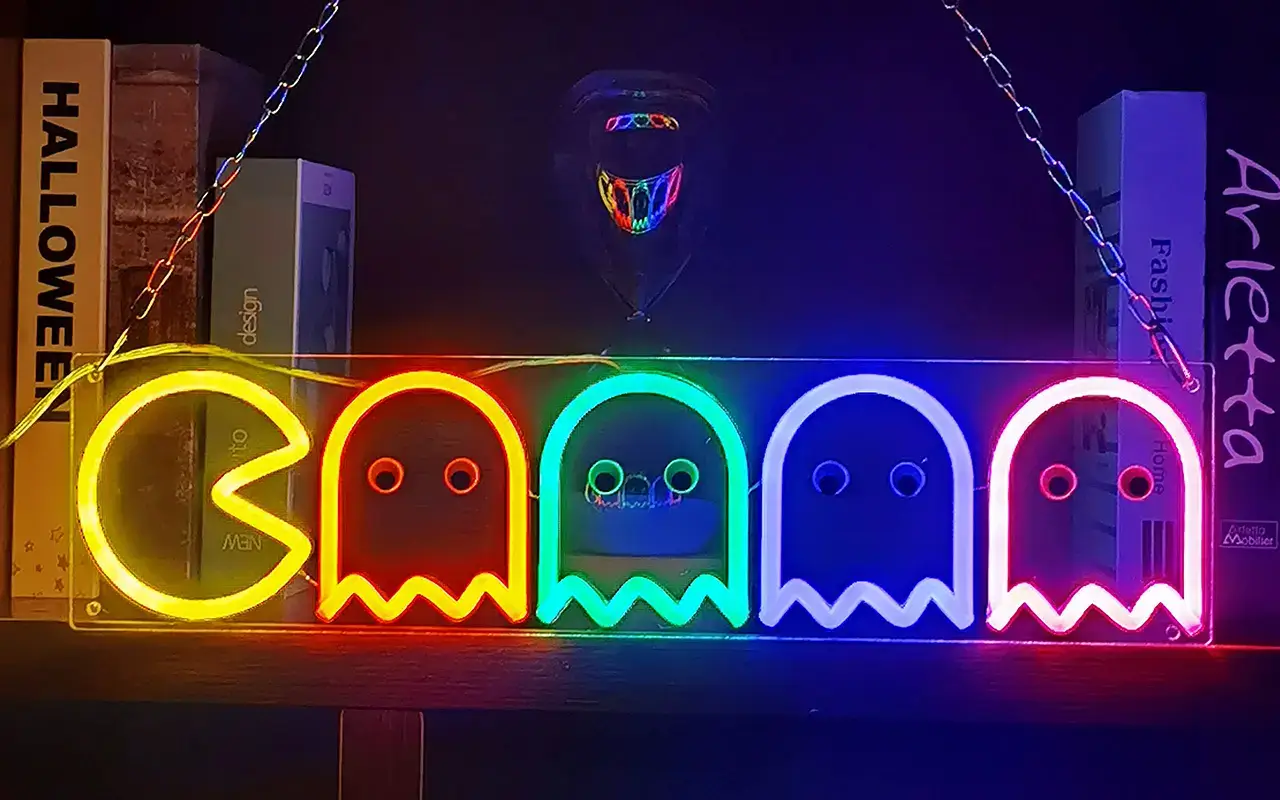
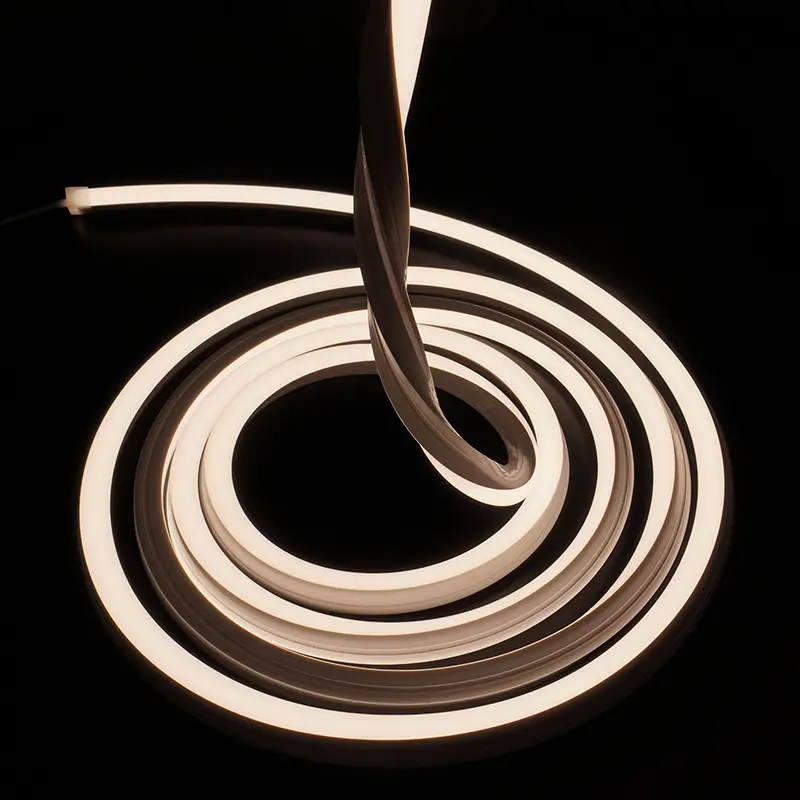
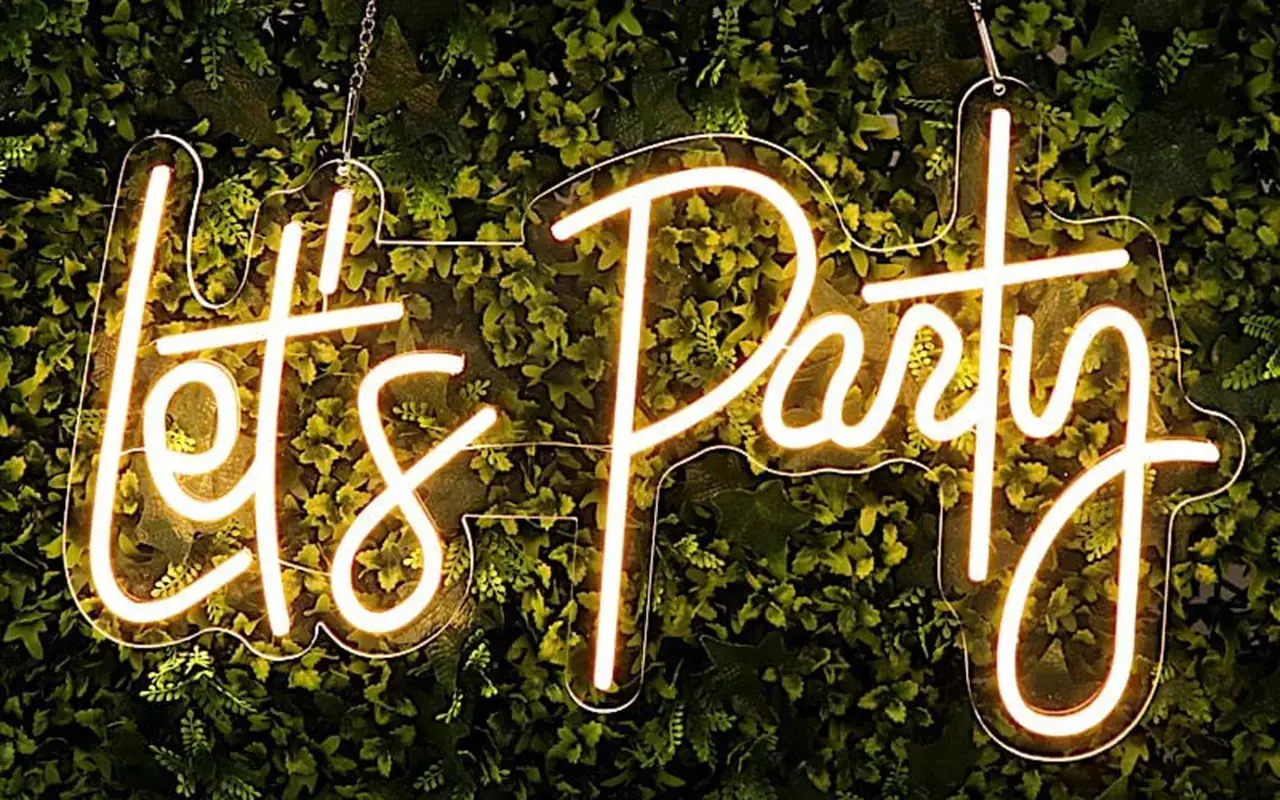
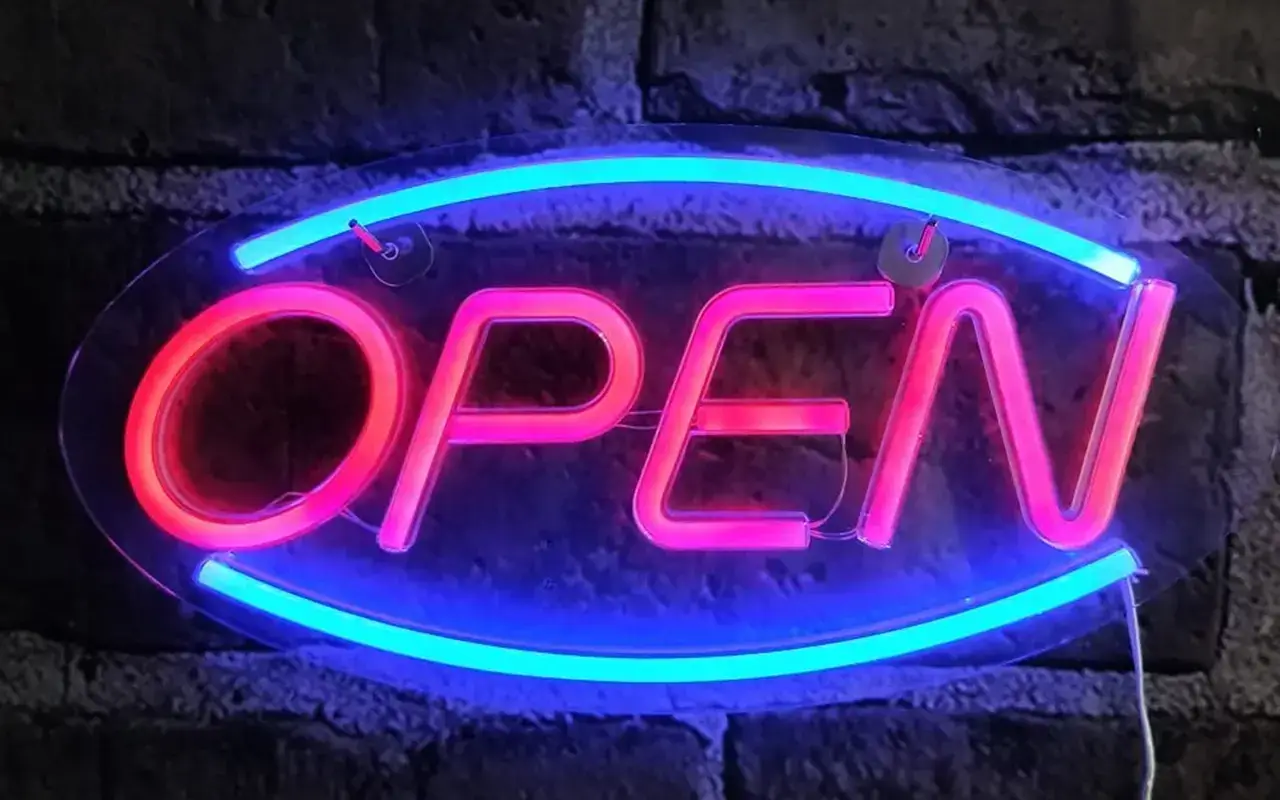

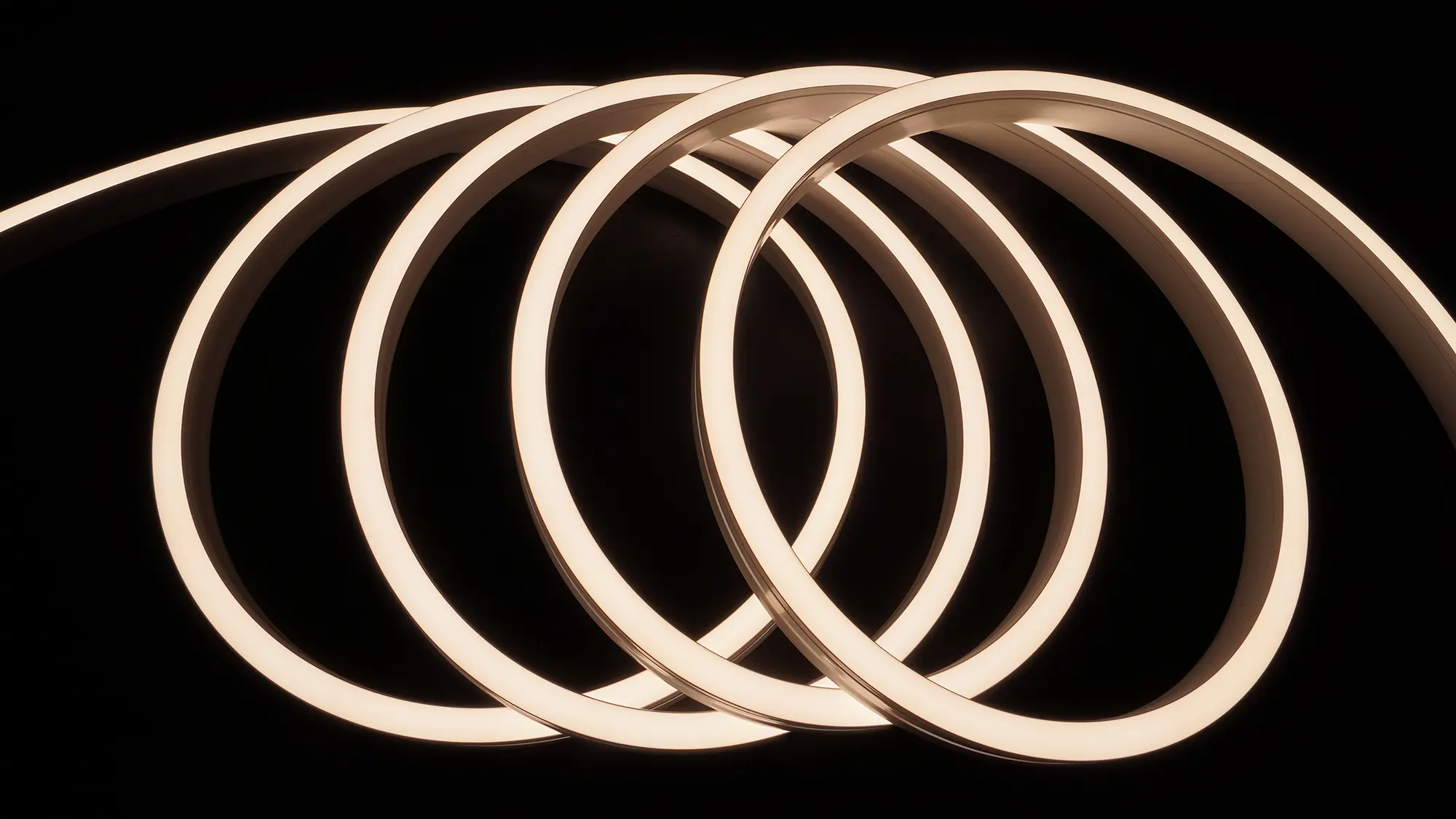

Skriv en kommentar
Vil du deltage i diskussionen?Du er velkommen til at bidrage!